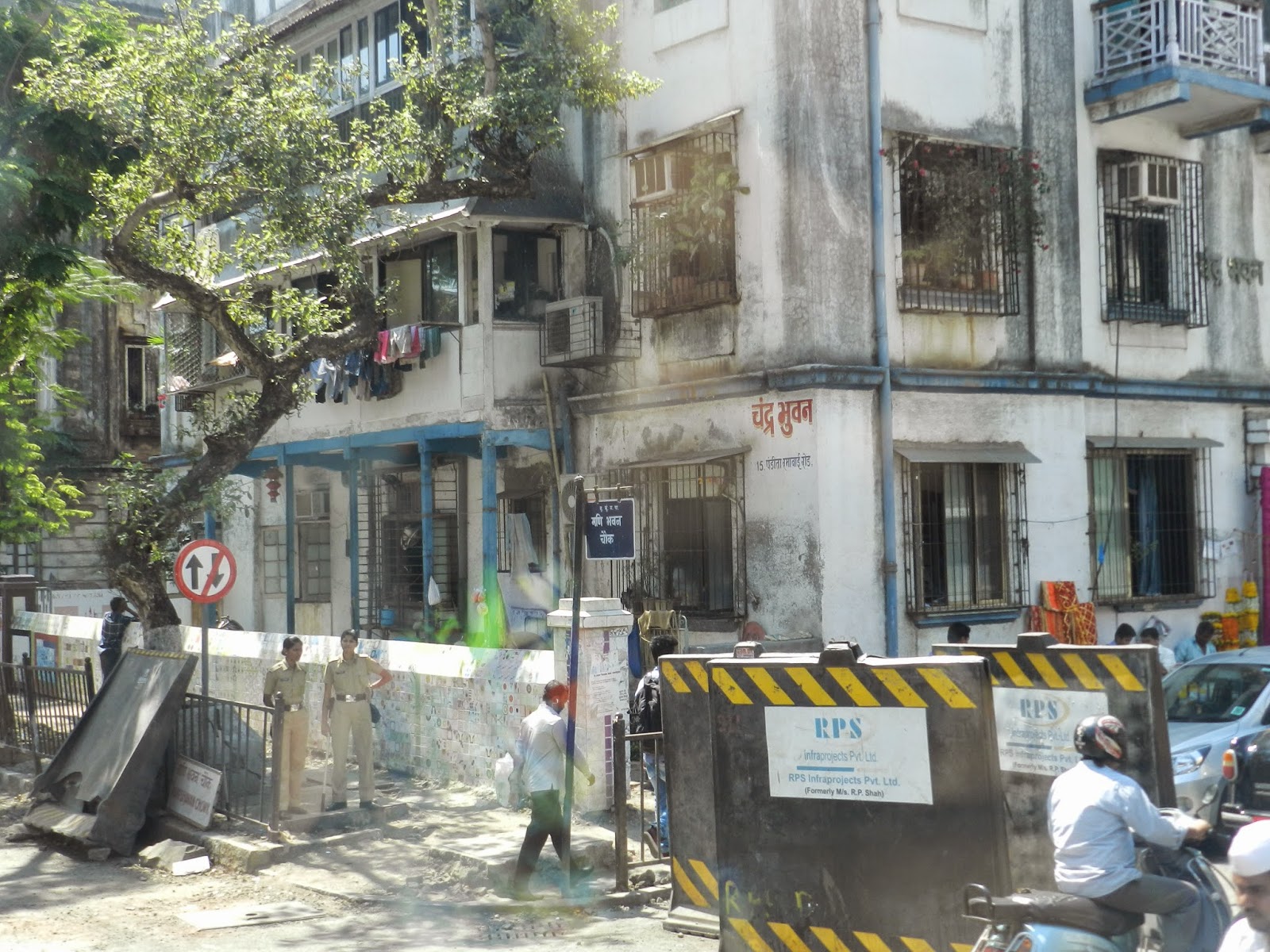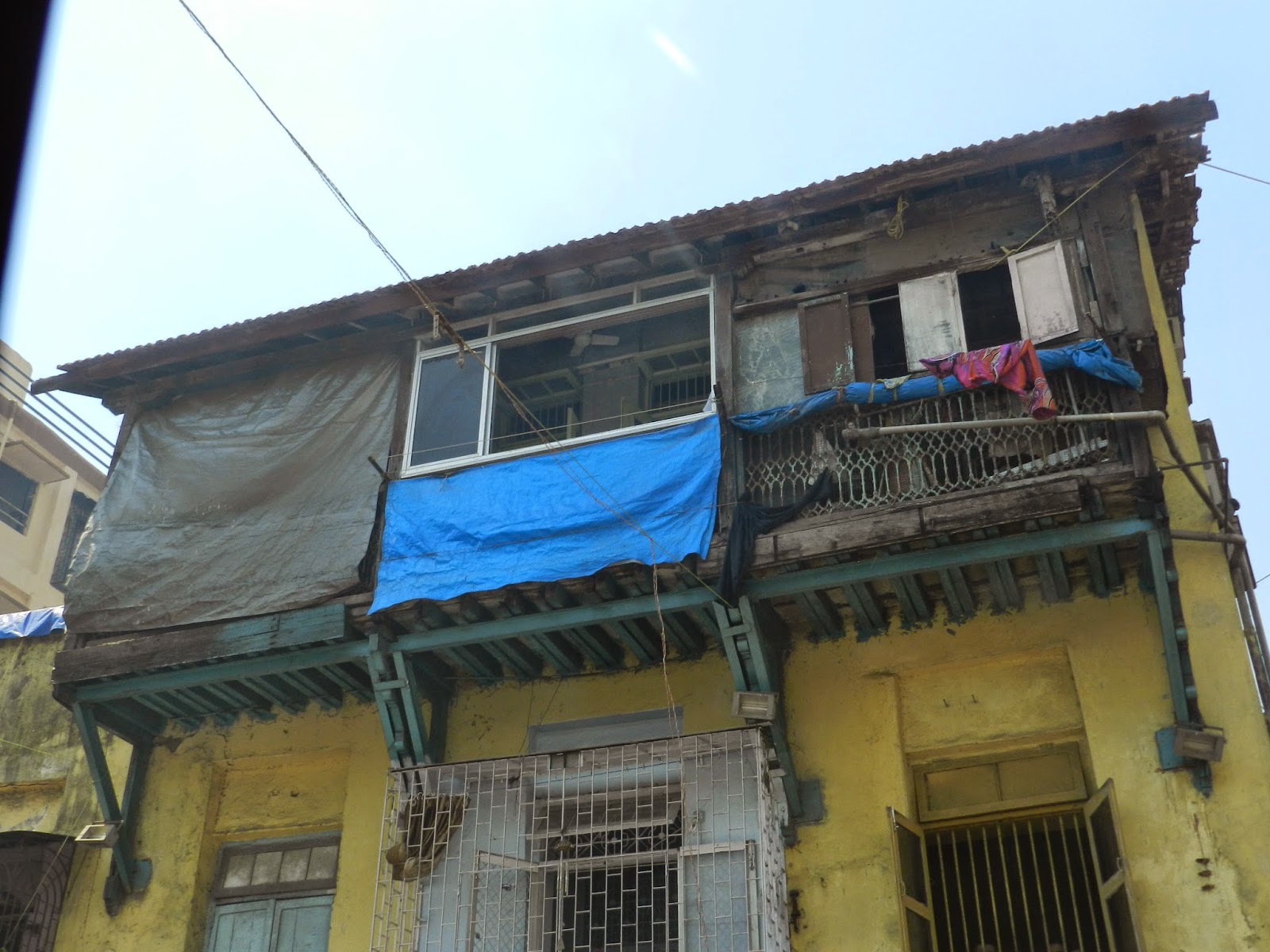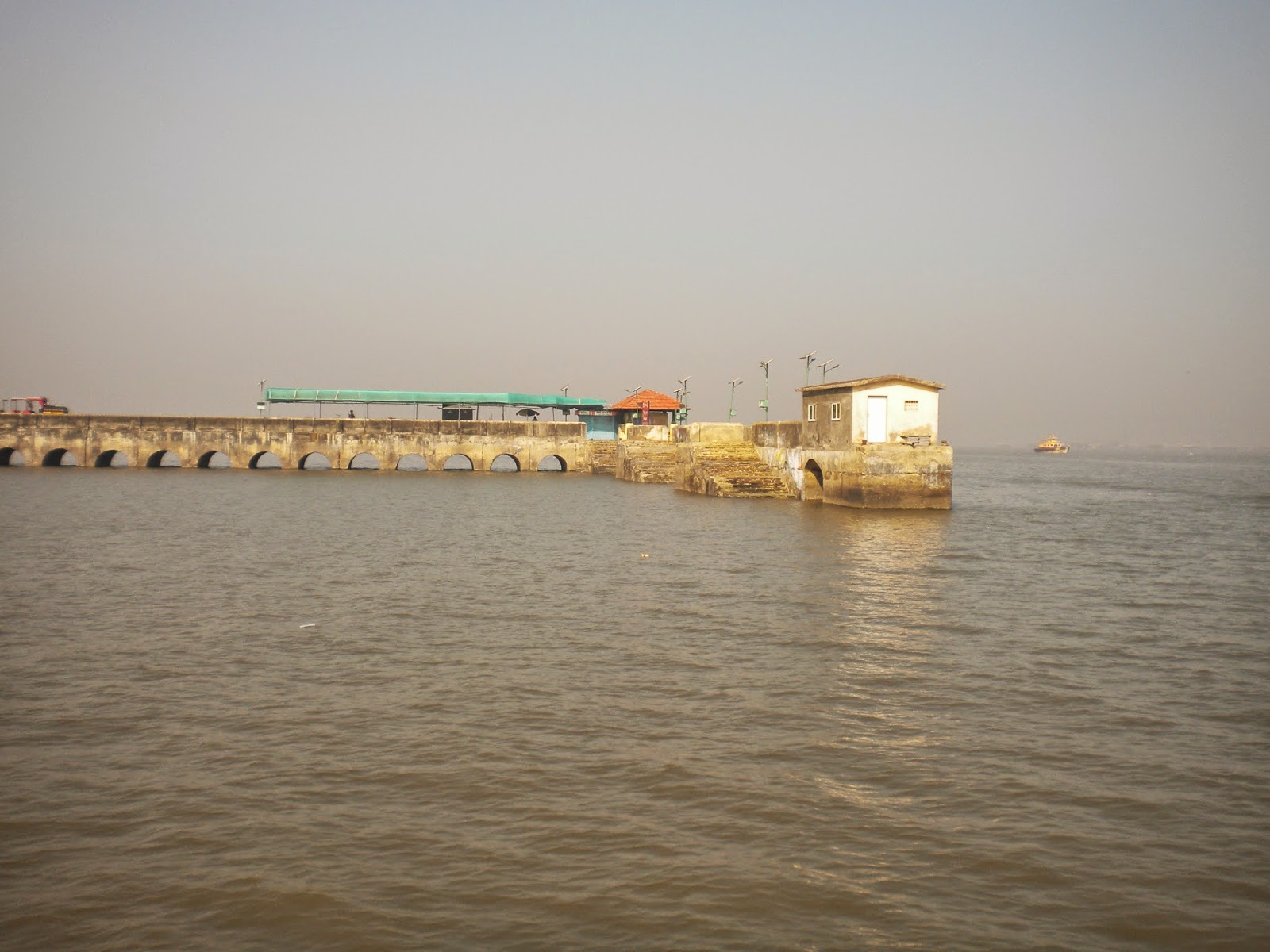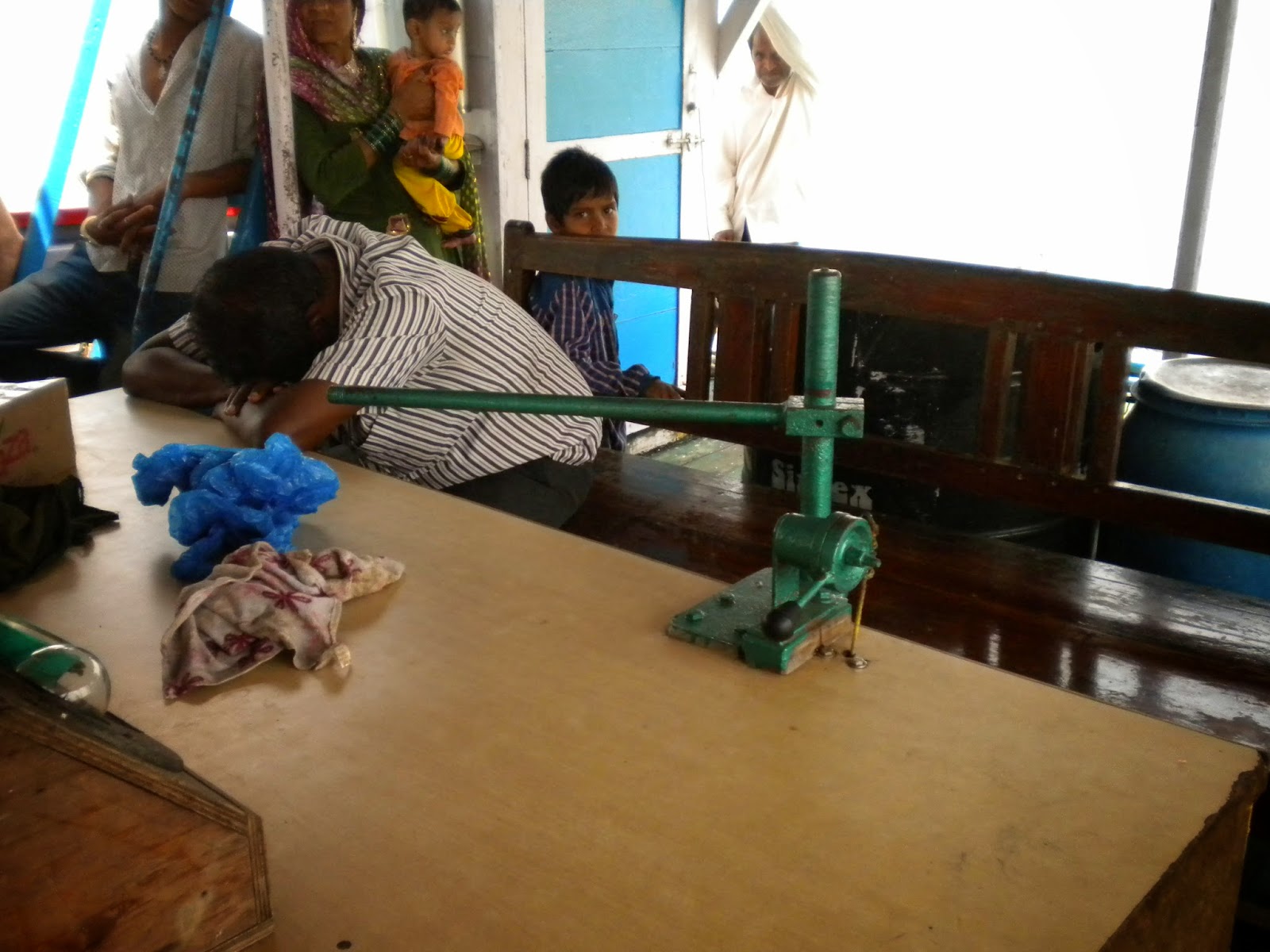 |
| DRAWING BY THE SHIP ARTIST AND TEACHER BENJAMIN SACK |
A Day in the Life: Mumbai on the Move

Experience the real, everyday Mumbai, including the highlights of this fascinating city, with its Western monuments and Eastern sensibilities. Begin at the beginning, with the Gateway of India. This is the city’s most famous landmark—an Indo-Saracenic archway built in 1911 to commemorate the visit of King George V and Queen Mary. It was originally conceived as an entry point for passengers arriving on P&O steamers from England; today, it is remembered more often as the place from which the British staged their final departure. You will stop here for photographs. Continue your excursion with an orientation drive through Mumbai passing prominent landmarks such as Flora Fountain, the university and Victoria Terminus. The latter is a most remarkable railway station, inspired by St Pancras Station in London. It was built during Queen Victoria’s Golden Jubilee year and is an extraordinary conglomeration of domes, spires, Corinthian columns and minarets in a style described by journalist James Cameron as Victorian-Gothic-Saracenic-Italianate-Oriental-St Pancras-Baroque. The first train in India left from this station in 1853; today, half-a-million commuters use the station every day. At the Mani Bhawan Gandhi Museum you’ll visit the site that was Mahatma Gandhi’s Bombay base between 1917 and 1934. A series of tiny dioramas tell Gandhi’s life story. Photos covering the walls capture historic events, and a sitting room and bedroom preserved behind glass take you back through time. Personal artifacts offer insights into Gandhi’s hopes and struggles. One letter is addressed to Hitler, asking him to refrain from war. Gandhi also corresponded with Roosevelt, Tolstoy and Einstein. Continue your drive to the Churchgate Railway Station. Spend some time watching the dabba-wallahs—members of the Mumbai Tiffin Box Suppliers Association. Every day 4,000 of these intrepid entrepreneurs deliver fresh, home-cooked food from 100,000 suburban kitchens to offices in the downtown area. Each lunch is prepared by a loving wife or mother, and packed into a set of stackable aluminum boxes. The meals are carried, dangling from shoulder-poles and bicycle handlebars, or stacked on decorated handcarts, to their hungry recipients. Tins are rarely, if ever, lost, and always find their way home again to be washed for the next day’s lunch. Board a local train to experience the life of a typical Mumbaikar—it’s a short ride to Mahalaxmi Station, another one of Mumbai’s busiest hubs on the local train network. Nobody likes dirty laundry, but here you’ll be fascinated by the Dhobi Ghat. Each morning, laundry from all over Mumbai is brought here to be soaped, soaked, boiled, beaten, and thrashed. The next day, after being aired, pressed, folded and wrapped, the bundles are returned to their owners. The secret that keeps the operation running smoothly is the coded symbol that each dhobi-wallah places on every item. Invisible to the untrained eye, this mark ensures that nothing is lost. This is a fascinating photo stop and is unique to Mumbai.
MUMBAY DAY NUMBER 2 Elephanta Island and caves
Elephanta Caves

More than a thousand years ago, Hindu craftsmen carved columns and sculptures out of a series of caves located on an island off the shores of Mumbai, creating a temple complex dedicated to Lord Shiva. The Portuguese named the island Elephanta, after the large statue of an elephant they found near the spot where they docked their ships. Come discover the unique beauty and intriguing tales of these temple caves with today’s memorable excursion. Travel by motor coach to the Gateway of India, the city’s most recognized landmark. Built in 1911 to commemorate the visit of King George V and Queen Mary, the archway was originally conceived as an entry point for people arriving on steamers from England. Today, the gateway serves as a launching point for your own exploration of the Elephanta Temple. Boarding a motor boat, enjoy the approximately 45-minute cruise to the Elephanta landing. From this staging area, a long stairway leads to the top of the hill, where the caves are located. As you enter, you will see a magnificent sculpture of Shiva as Nataraj, showing an enraptured expression as he removes the veil of ignorance. The most outstanding sculpture is a bust of Trimurti—the three-faced Shiva representing the Hindu trinity, Brahma the creator, Vishnu the preserver, and Shiva the destroyer. In other panels, Shiva is depicted in service to humanity as he brings the River Ganges to Earth, and at his most fearsome as he crushes the demon of Andhaka. Later, board the motor boat for return cruise to the Gateway and re-board the motor coach for the transfer back to the ship.
SHOPPING fuimos en la tarde con nuestro amigo el taxista de la mañana
nos llevo a la tienda DIA FASHIONS, allí compramos algunas piezas y las
senoras se fueron con el taxista a otras tiendas mientras Jr y yo nos tomábamos
una chela en un segundo piso...
 |
| Add caption |


































































%2BMumbai%2C%2BIndia.JPG)
%2BMumbai%2C%2BIndia.JPG)
%2BMumbai%2C%2BIndia.JPG)
%2BMumbai%2C%2BIndia.JPG)
%2BMumbai%2C%2BIndia.JPG)









































%2BMumbai%2C%2BIndia.JPG)
%2BMumbai%2C%2BIndia.JPG)






%2BMumbai%2C%2BIndia.JPG)




















%2BMumbai%2C%2BIndia.JPG)
%2BMumbai%2C%2BIndia.JPG)
%2BMumbai%2C%2BIndia.JPG)
%2BMumbai%2C%2BIndia.JPG)
%2BMumbai%2C%2BIndia.JPG)
%2BMumbai%2C%2BIndia.JPG)
%2BMumbai%2C%2BIndia.JPG)
%2BMumbai%2C%2BIndia.JPG)
















No comments:
Post a Comment